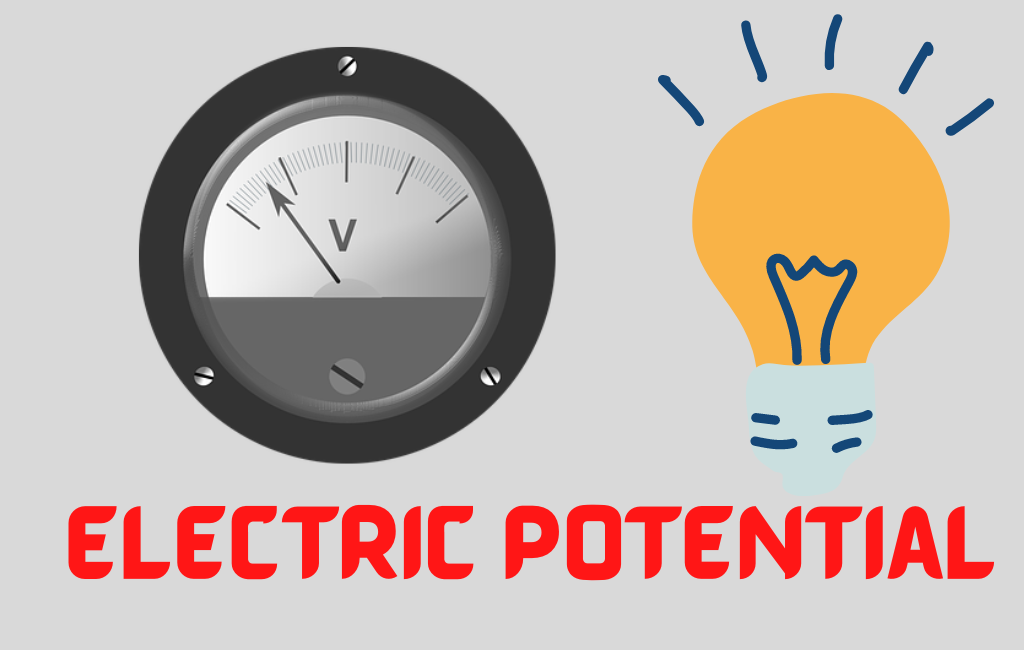Applications of Electric Flux
Applications of electric flux play a unique role in calculating the electric field generated by a specific charge distribution within a closed surface. Electric flux has numerous applications in various fields and is crucial for technological advancements.
Applications of Electric FLux
Electric flux is a measure of the electric field passing through a given area. It quantifies the number of electric field lines penetrating a surface. Electric flux plays a crucial role in understanding the behavior of electric fields and their effects on charged particles.

It enables us to calculate the flow of electric field lines across a surface and analyze the strength and direction of the electric field in a given region. Here are some very important applications of electric flux.
Electrical Engineering
Electric flux plays a crucial role in electrical engineering especially in the design and analysis of circuits. Electric flux helps engineers to optimize circuit performance, ensuring efficient power transmission and minimizing losses. Electric flux calculations aid in determining the electric field strength and voltage distributions. It facilitates the design of high-performance electrical systems.
Capacitors
Capacitors are important components used in electronics and they rely on the principles of electric flux. Electric flux helps engineers understand and analyze the behavior of capacitors. Electric flux helps to determine the amount of charge stored and the capacitance value.
This knowledge is crucial for designing capacitors that have specific functions such as storing energy, regulating power, and filtering signals. Engineers can create capacitors that meet the desired requirements and perform effectively in various electronic circuits by studying the electric flux through the capacitor plates.
Electromagnetic Shielding
Electric flux has practical applications in electromagnetic shielding. It is a technique used to safeguard sensitive electronic devices from external electromagnetic interference. By comprehending the electric flux through shielding materials, engineers can create effective barriers that redirect or absorb electromagnetic waves.
This helps to protect electronic systems ensuring their proper functioning and integrity. Electromagnetic shielding plays a crucial role in preserving the performance of electronic devices by preventing unwanted electromagnetic disturbances from affecting their operation.
Electrostatic Precipitators
Electrostatic precipitators utilize electric flux to remove harmful particles from exhaust gases in industries that produce air pollution or particulate matter. By creating a strong electric field these devices generate electric flux that attracts and captures charged particles, allowing clean air to be released into the environment. This application has significant implications for reducing air pollution and ensuring healthier living conditions.
Electric Field Sensors
Electric flux serves as the foundation for electric field sensors used in a variety of applications. These sensors detect electric fields and measure their intensity by analyzing the electric flux passing through them. Electric field sensors are crucial in areas such as environmental monitoring, non-contact voltage detection, and touch-sensitive technology.
Particle Accelerators
Electric flux plays a vital role in particle accelerators by enabling the manipulation and control of charged particles. By generating strong electric fields and carefully directing the electric flux, particle accelerators propel charged particles to high speeds, facilitating scientific research, medical imaging, and cancer treatment through techniques like proton therapy.
Electrostatic Printing and Photocopying
The principles of electric flux are applied in electrostatic printing and photocopying technologies. By selectively altering the electric flux on specific regions of a charged surface, electrostatic printers and photocopiers can produce high-resolution images and text. This application has revolutionized the printing industry, allowing for fast, precise, and cost-effective reproduction of documents.
Plasma Physics and Fusion Energy
Electric flux is central to plasma physics which is the study of ionized gases and has significant implications for fusion energy research. In fusion reactors electric flux confinement is crucial for controlling and maintaining high-temperature plasmas required for nuclear fusion. Understanding and manipulating electric flux enables scientists to create stable plasma conditions and work toward the realization of clean and abundant fusion energy.

 written by
written by 





Leave a Reply